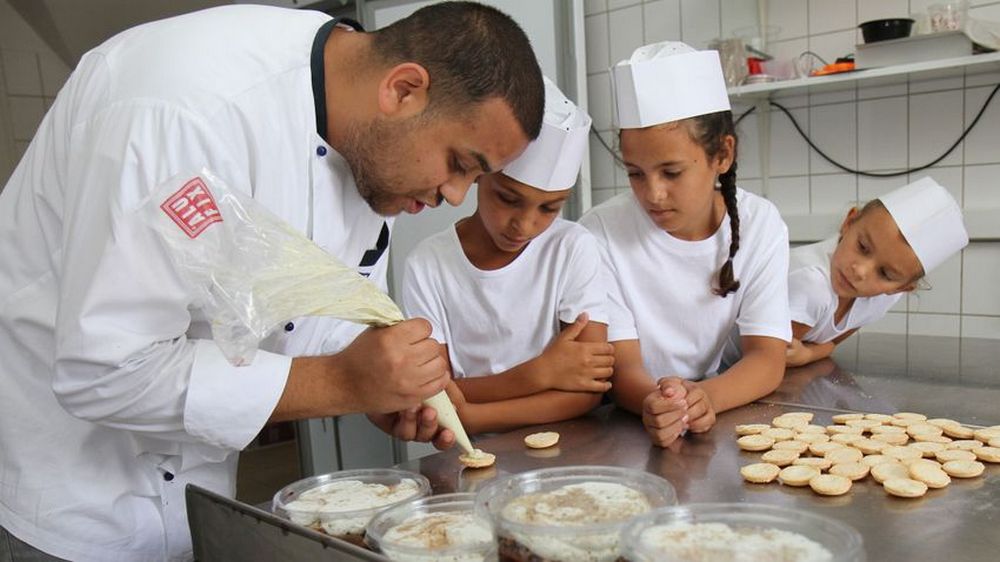The Standard (2013) discusses the continuing segregation of Rroma children in Slovak schools. According to a recent report by Amnesty International, 43% of Rroma children are taught in ethnically segregated classes. The Slovak government is responsible for this situation by that tolerating or even promoting segregation practices. The government defends itself by pointing out at the usually very poor Slovak spoken by Rroma, making a separate teaching a necessity. Critics, however, see this as an excuse to comply with the wishes of ethnic Slovaks to teach their children separately from those of the Rroma. Individual judgments, as in Prešov in October 2012, are a sign of the will of a dedicated group within the country to abolish segregation. Currently though, this still seems to be the common practice.
Pester Lloyd (2013) points out in a recent article about similar practices in Hungary: The opening of a new public elementary school was only announced by personal invitation solely to parents of Magyar origin. Rroma parents were intentionally excluded from the welcome letter. The County Jász-Nagykun-Szolnok has, according to the Pester Lloyd, the highest segregation rate in the country. Numerous court decisions condemning ethnic segregation of children in primary schools have changed nothing on the prevalence of this practice. The authors also condemn the distorting representations of the Hungarian Rroma politic by Hungarian Members of the European Parliament: Livia Jaroka, the Fidesz Roma representative in the European Parliament, talks about the immense progress in the integration of the Rroma. But whether this has indeed improved, needs to be critically examined. The Pester Lloyd points out to an issue that is given too little attention: To what extent integration programs actually bear fruit is very little researched and documented. What counts is the public statement that something is being done.
- Der Standart (2013) Tausende Roma-Schüler in getrennten Klassen. In: Der Standart online vom 4.9.2013. http://derstandard.at/1378248047080/Tausende-Roma-Schueler-in-getrennten-Klassen
- Pester Llyod (2013) Amtliche Segregation: Behörden in Ungarn verschwiegen Roma Eröffnung neuer Schule. In: Pester Llyod online vom 6.9.2013. http://www.pesterlloyd.net/html/1336romakinderschule.html

